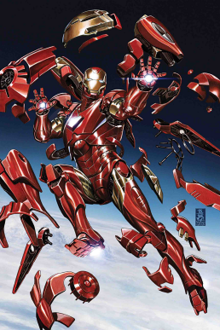
Storytelling:
The youngest child of Empress Maria-Theresa of Austria, Maria Antonia, is sent by her mother to wed Louis-Auguste, the Dauphin of France, in order to forge a union between the two warring nations. Marie-Antoinette finds life at the palace of Versailles to be oppressive, as do her attempts to marry her husband. Marie-Thérèse is born, her daughter. They spend a lot of time in the Petit Trianon. She loses the support of the public as the financial crisis in France worsens; there are more riots and food shortages, and she gains the nickname "Madame Deficit" for her extravagant lifestyle and seeming indifference to the difficulties of the French people. During the French Revolution, rioting Parisians forced the royal family to depart Versailles for Paris.
Cinematography:
You can see a wide variety of color schemes used throughout the film to fit the scenes. For instance, to complement the joyful tone of the shopping scene, there are many bright colors present, from clothing to food. Throughout the entire film, the music is a perfect complement to the scenes. The song "I want candy" was featured in the same scene with vibrant colors, and the two seamlessly blended. The camera work was yet another important aspect of the film. They frequently use close-ups and overhead shots throughout the entire film. The champagne tower and the gambling were shot close-up, which really brought out how luxurious this "shopping spree" was. The overhead shots showed the detail and were a cool way to show the food and shoes—fast and effective.
Cultural Relevance:
The film did a good job of fitting the time period of the movie in which the original story took place. They did this with the clothing, architecture, and mannerisms throughout the film. The film is also based on a true historical event that took place, which could be seen as more challenging, but I think the director did a great job capturing the story while also making it interesting.


No comments:
Post a Comment